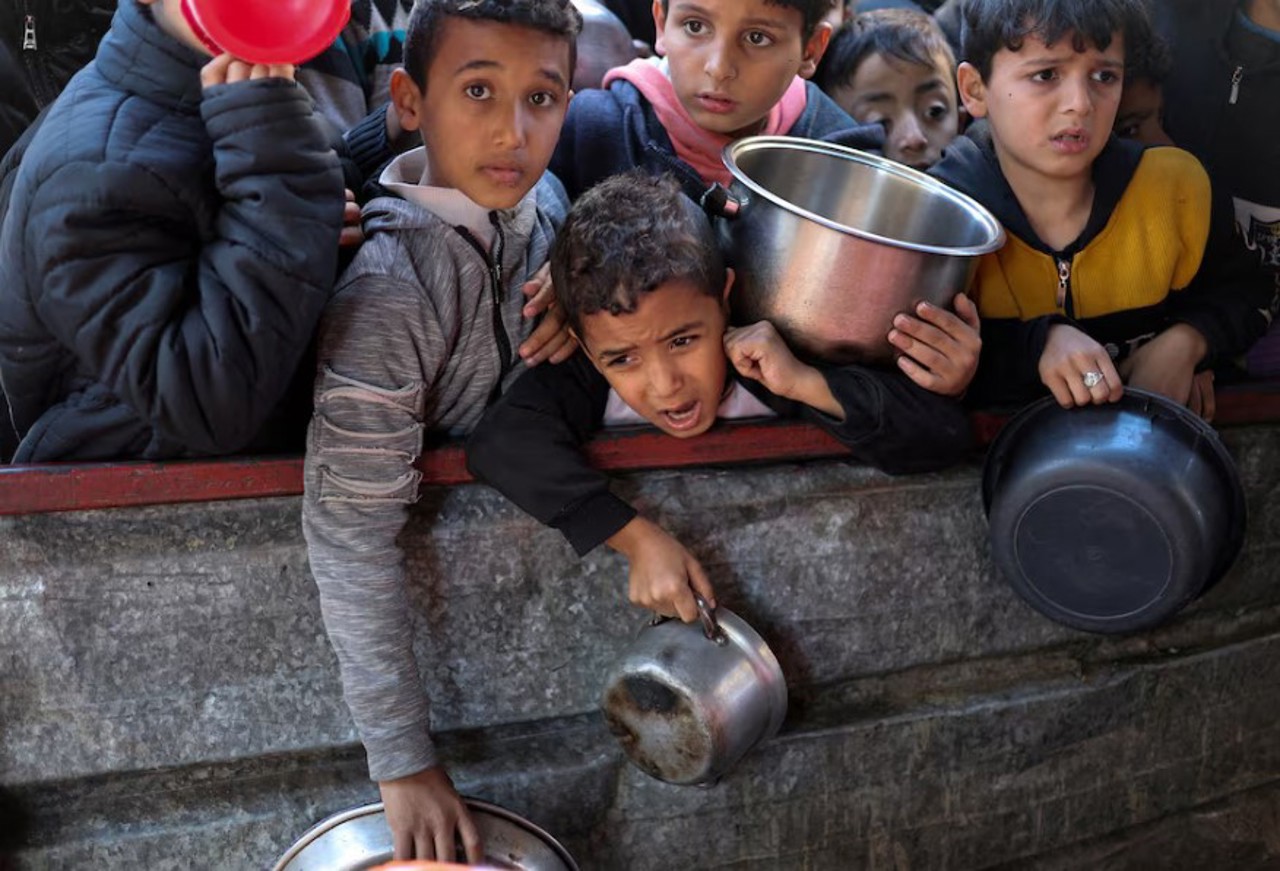UNICEF: 1 in 4 children globally live in severe child food poverty
Around 181 million children worldwide under 5 years of age – or 1 in 4 – are experiencing severe child food poverty, making them up to 50 per cent more likely to experience wasting, a life-threatening form of malnutrition, a new UNICEF report reveals today, reads a press release of UNICEF.

For the first time, Child Food Poverty: Nutrition Deprivation in Early Childhood analyses the impacts and causes of dietary deprivation among the world’s youngest people in nearly 100 countries, and across income groups. It warns that millions of children under the age of five are unable to access and consume a nutritious and diverse diet to sustain optimal growth and development in early childhood and beyond.
Children who consume, at most, two of eight defined food groups are considered to be in severe child food poverty. Four out of five children in this situation are fed only breastmilk/milk and/or a starchy staple, such as rice, maize or wheat. Less than 10 per cent of these children are fed fruits and vegetables. And less than 5 per cent are fed nutrient-dense foods such as eggs, fish, poultry, or meat.
“Children living in severe food poverty are children living on the brink. Right now, that is the reality for millions of young children, and this can have an irreversible negative impact on their survival, growth and brain development,” said UNICEF Executive Director Catherine Russell. “Children who consume just two food groups per day, for example rice and some milk, are up to 50 per cent more likely to experience severe forms of malnutrition.”
The report warns that while countries are still recovering from the socio-economic impacts of the COVID-19 pandemic, the effects of growing inequities, conflicts, and the climate crisis have pushed food prices and the cost of living to record high levels.
Of the 181 million children living in severe food poverty, 65 per cent reside in just 20 countries. Around 64 million affected children are in South Asia, and 59 million are in Sub-Saharan Africa.





